Pfaff Lab
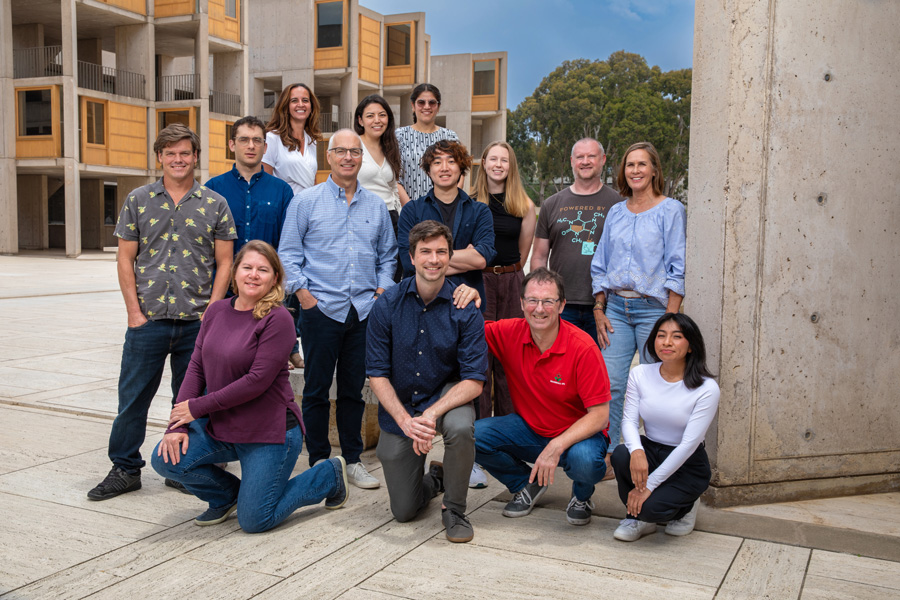
Principal Investigator

Sam Pfaff
Professor
Benjamin H. Lewis Chair in Neuroscience
Dr. Samuel Pfaff is a Professor at the Salk Institute for Biological Studies where he first started as a PI in 1996. At the Salk he is the head of the Goldman Laboratory for Neural Circuit Dynamics in the Gene Expression Laboratory and the Benjamin H. Lewis Chair in Neuroscience. He holds adjunct appointments with the Biology, Biomedical Sciences, Neuroscience, and Bioengineering programs. Dr. Pfaff received his B.A. in Biology from Carleton College and his Ph.D. in Molecular Biology from the University of California, Berkeley. His post-doctoral training was done at Vanderbilt University with Dr. William Taylor on gene regulation, and at Columbia University with Dr. Thomas Jessell on neural development. He is the recipient of the Javits Neuroscience Investigator Award, McKnight Scholar Award, PEW Scholar Award, March of Dimes Basil O’Connor Scholar Award, Whitehall Foundation Scholar Award, Alfred P. Sloan Research Fellow Award, Fellow of the American Association for the Advancement of Science (AAAS), and has been a Howard Hughes Medical Institute Investigator.
- x2018
Research Scientists
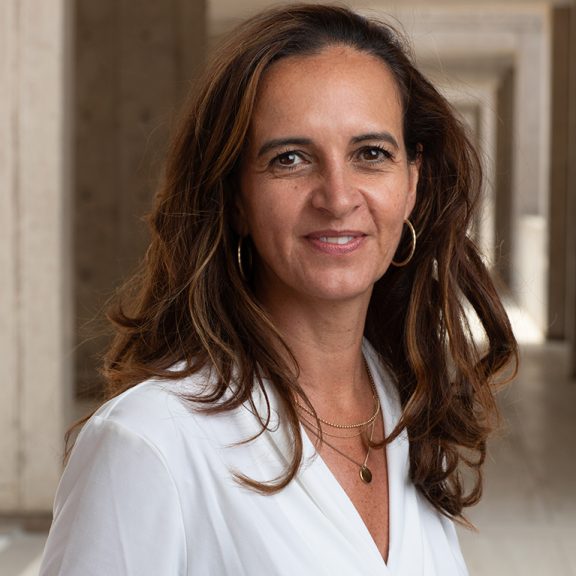
Carolina Thörn Perez
Senior Research Scientist
Project/Techniques: Animal movement is a dynamic process that enables adaptation to environmental changes, driven by the complex organization of neural circuits. Our research aims to uncover the principles and functional processes within these circuits that control behavior under physiological and pathophysiological conditions. To address our specific questions, I use genetically modified mice, employing cutting-edge techniques such as functional imaging, electrophysiology, pharmacology, anatomy, and behavioral analysis.
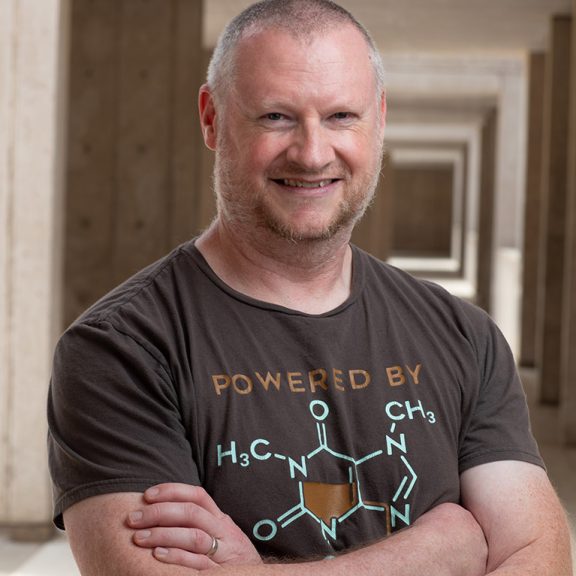
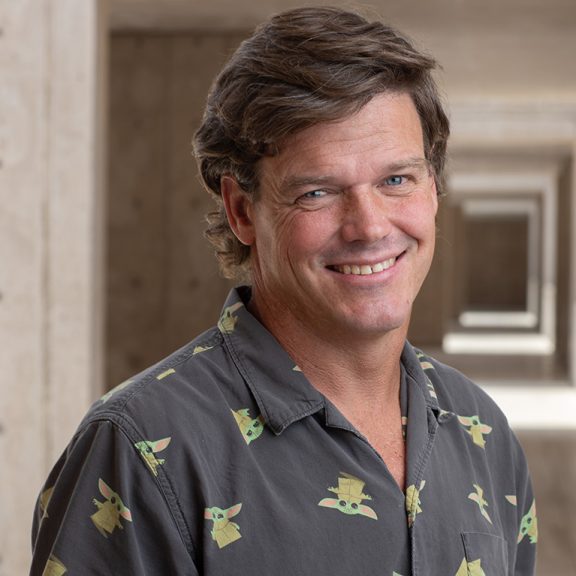
Kip Hermann
Research Scientist
Project/Techniques: Gene therapy techniques can often be hindered by limitations to the technology used, such as limitations to transgene size by vectors, inability to modulate the expression of the transgenes, and lack of transgene expression based of the presence of other RNA. Our lab uses knowledge of multiple splicing platforms and their ability to interact to address these limitations to the gene therapy field. With the help of these splicing platforms, we have developed methods to 1) deliver larger transgenes using vectors that have a limit to nucleic acid capacity, 2) modulate transgene expression using compounds, and 3) initiate transgene expression mediated by the presence of specific endogenous RNA.
Lab Manager
Karen Lettieri
Lab Manager
Research Assistants

Cindy Alvarez
Research Assistant I
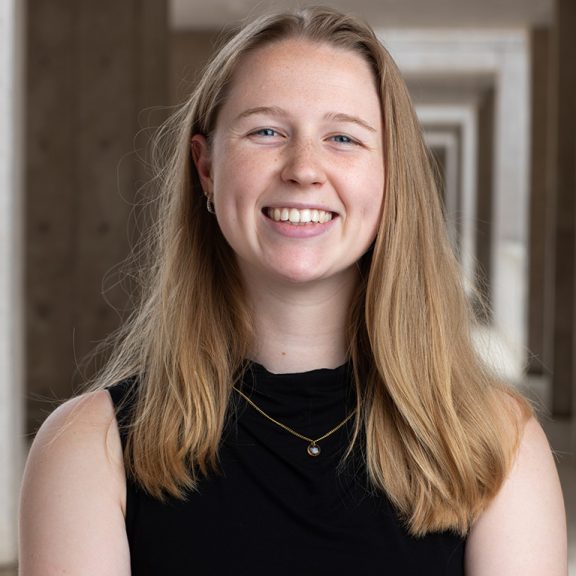
Claire Williams
Research Assistant I
Project/Techniques: The limited capacity of Adeno-Associated Viruses (AAVs) for delivering constructs in gene therapies has been a challenge for many in the field. Various strategies have been developed to overcome these capacity limitations, including the use of inteins, DNA recombination, and truncated coding sequences. My work involves utilizing the novel RNA End Joining (REJ) technology developed in the Pfaff Lab for the viral delivery of gene therapies targeting Usher Syndrome Type 1F, while also contributing to our Duchenne Muscular Dystrophy (DMD) therapy project.
Postdoctoral Fellows
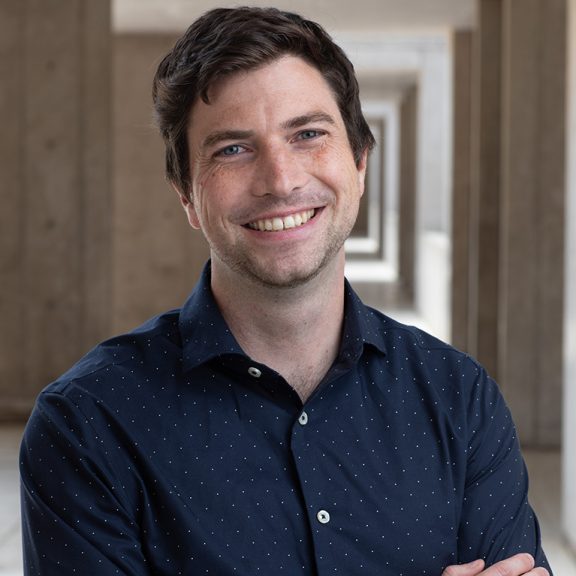
Peter Osseward
Postdoctoral Fellow
Project/Techniques: My research questions have focused on understanding the principles that account for neural diversity within the spinal cord. To address these questions, we use single cell RNA sequencing, spatial transcriptomics, and bioinformatics in conjunction with transgenic mice and neuronal circuit tracing techniques.
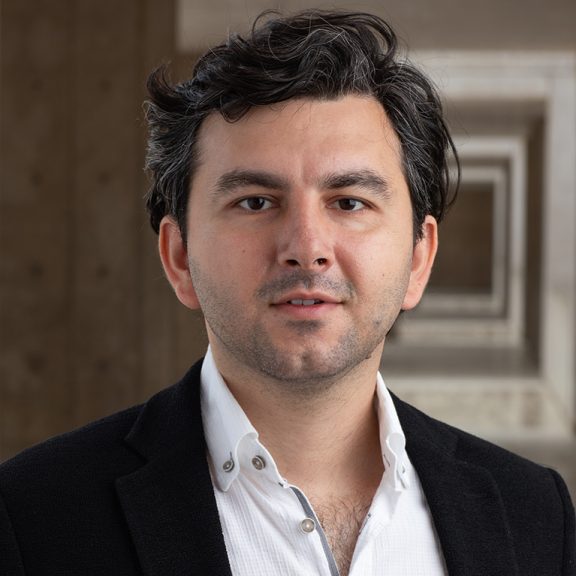
Gökhan Senturk
Postdoctoral Fellow
Project/Techniques: Contrary to the common belief that the sympathetic nervous system functions in an all-or-none manner, eliciting a fight-or-flight response, emerging evidence indicates a more nuanced physiological regulation where different effector organs are independently controlled. My research program aims to identify the cellular and circuit mechanisms that enable this selective control. To address our specific questions, we use circuit tracing and molecular characterization tools to explore the connectivity and specific cell types involved in this process.
Graduate Students
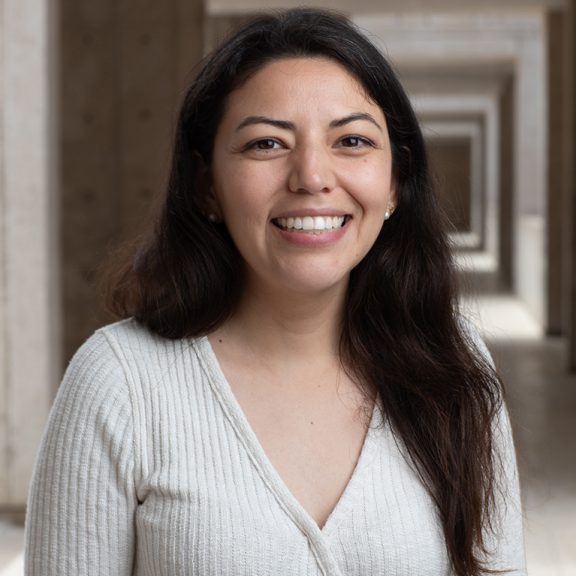
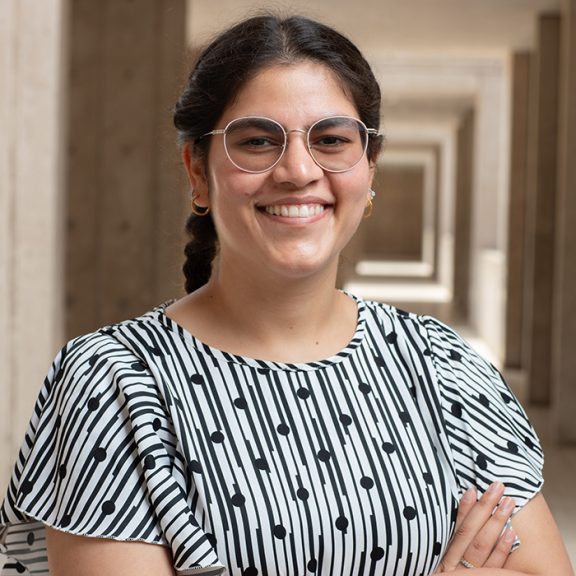
Vaidehi Gupta
Graduate Student
Project/Techniques: I am interested in understanding how different aspects of locomotion and motor behavior are controlled by genetically defined cell types in the spinal cord. I am addressing this question using a combination of optogenetics, chemogenetics, behavior assays, immunohistochemistry, confocal imaging and of course, our lab’s specialty – intersectional mouse genetics!
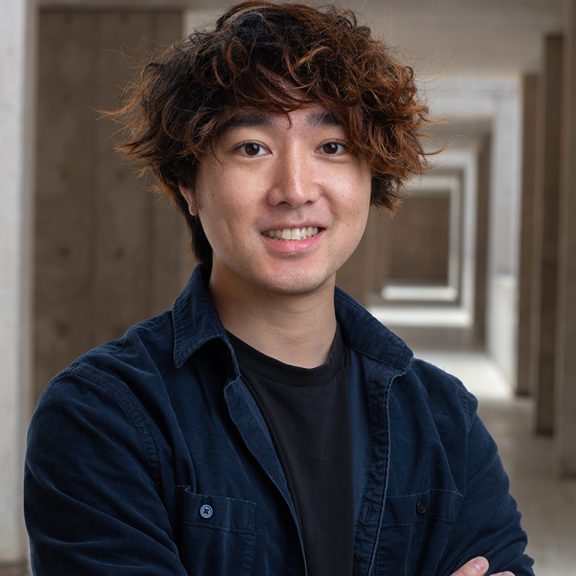
Ryan Hsu
Graduate Student
Projects/Techniques: I work on development and in vivo validation of AAV genetic therapies for Duchenne muscular dystrophy using our lab’s RNA End-Joining technology
Ben Temple
Graduate Student
Administrative Assistant

Beverly Kennedy
Research Administrative Assistant
Developed strong organizational skills and a deep understanding of research administration and project coordination. Transitioned into this role at Salk Institute in 2020 after 30 years of experience at the Scripps Institution of Oceanography.